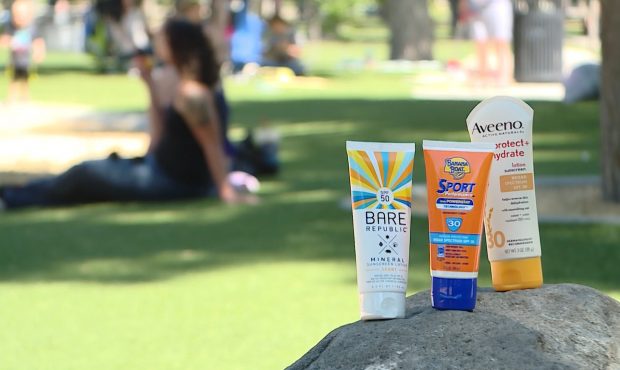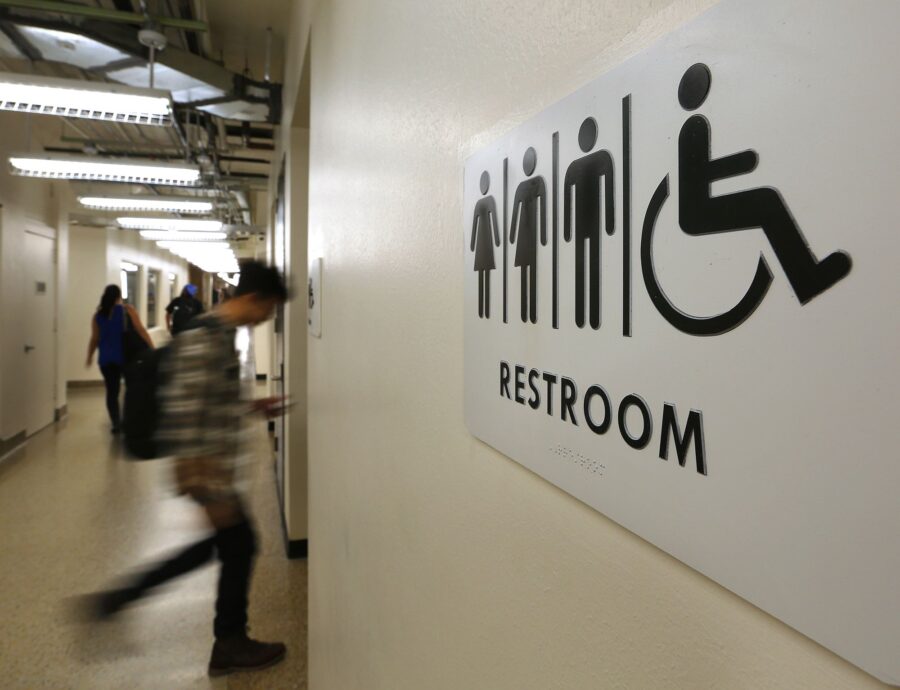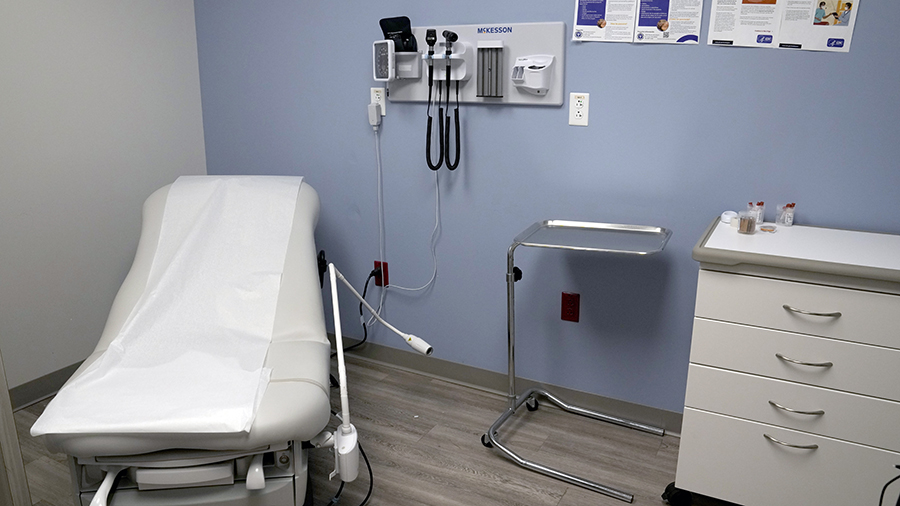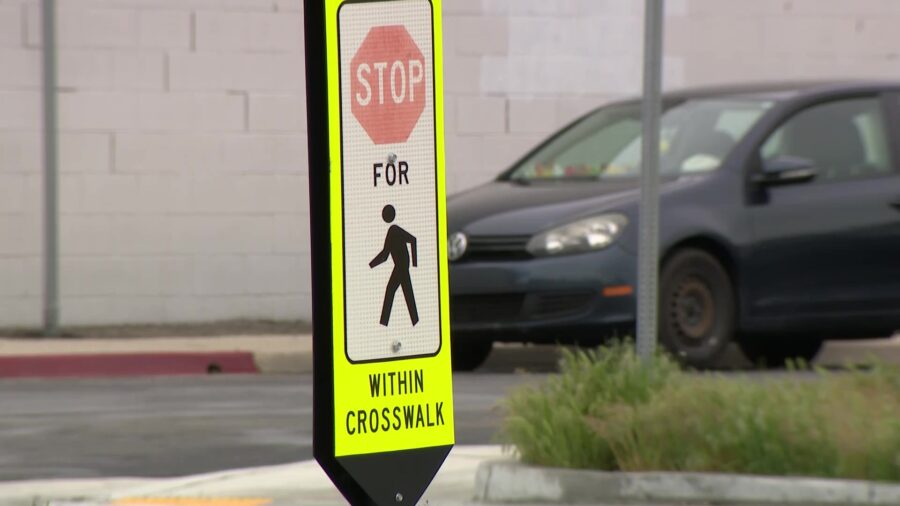How to keep yourself safe from the summer heat and UV rays
Jul 15, 2022, 12:08 PM | Updated: 2:16 pm

FILE: several different sunscreens
SALT LAKE CITY — Summer means spending lots of time outside for many families.
With the Sun beating down and soaring temperatures, before heading out the door, it’s important people take sun safety measures to prevent battling heat related illnesses.
When it comes to heat, including heat stroke, heat exhaustion, heat cramps, and sunburn, any heat related illness can happen, according to Garrett Harding, Associate Director, Community Education, Huntsman Cancer Institute at the University of Utah.
He said some communities are more prone to certain heat related illnesses than others.
For example, he said elderly people are more prone to heat exhaustion and heat stroke.
The best way though to protect oneself is with clothing, including hats and sunglasses.
Sunscreen is the answer for any skin that’s left exposed to the Sun.
The Huntsman Cancer Institute recommends people wear at least SPF 30. Harding said SPF 30 will protect about 97 percent of the Sun’s UV rays.
“Really looking for mineral based sunscreen, so that includes ingredients like zinc oxide, titanium dioxide, that form a layer over the skin of mineral sunscreen which actually helps reflect the Sun off your body rather than absorbing those chemical-based sunscreens,” said Harding.
In addition, being aware and knowing when one will be outside is important.
They said the UV rays coming from the Sun can be most damaging between 10 a.m. and 4 p.m.
Summer is not the only time people need to be practicing sun safety.
As sun reflects off the snow, that can be reflected onto your skin. With that, Harding said just because a person may not be able to feel the heat of the sun, that doesn’t mean the sun’s UV rays aren’t there.
Cool zones opening across the state are opening in response to the hot temperatures, including all eight of the Salt Lake City library branches.
Another helpful tool Harding said would help people stay safe in the heat includes following the UV index.
That is, he said whether on a phone or searching online, the UV index notes how powerful the sun’s rays are on a scale of one to 10.
The higher the number the more at risk a person is for sun damage.














